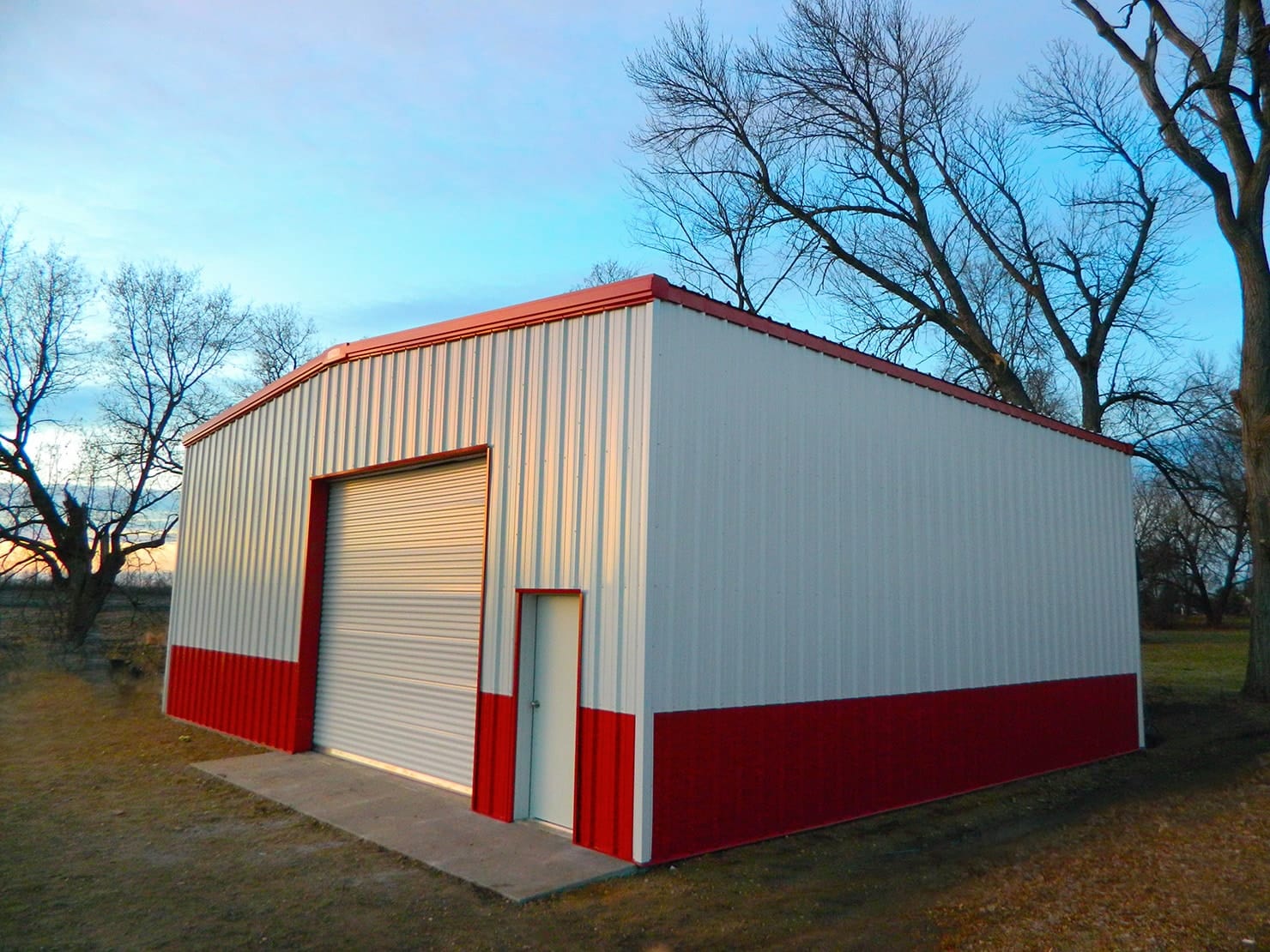Homeowners Associations play an important role in maintaining safety, consistency, and security for the property owners that are members of the organization.
The entire idea behind HOAs is to improve the quality of life of all homeowners by establishing rules, restrictions, and priorities that make up an overall charter. As long as the member homeowners abide by these rules (and pay their dues!), they enjoy the benefits of living in an area where there is an understanding of what is and is not ‘against the rules’.
This can create some challenges for Maryland property owners looking to build a new steel building on their property. Are there things you can do to expedite or help ensure a positive outcome with the approval process? Yes, there are!
Capital Steel Industries is here to help with four tips for getting your steel structure approved by the HOA.
#1: Shoot for Pre-Approval before Making Investments
99% of homeowners’ associations in Maryland will allow property owners to submit project drafts and documents as part of a pre-approval process. This is a great way to flesh out any potential objections the HOA might have with your plans before you make the commitment to spend any money.
In fact, if you don’t do this first, there’s a good chance you might overlook something and then be forced to abandon the project or undo any work that you might have already paid for.
So, inquire with your HOA about how to get started with a project pre-approval process. You’ll save a lot of time, money, and headaches in the long run.

#2: REVIEW CC&R'S FOR COMPLIANCE
Another common feature of most Maryland HOAs is the use of Covenants, Conditions, and Restrictions, also called CC&Rs. These vary widely from HOA to HOA throughout the state, so it’s worth requesting a copy of your HOA’s CC&R documentation and reviewing it before moving forward with your steel building project. As a general rule, it’s a good idea to look through your HOAs CC&Rs for a complete list of what is and is not allowed.
Some examples of CC&R inclusions that don’t require approval are:
- Replacing appliances
- Updating interior surfaces (painting, trim, etc.)
- Adding new carpeting
- Landscaping changes in fenced yards
Some examples of CC&R inclusions that often do require approval are:
- Removing load-bearing walls
- Erecting stand-alone buildings (like sheds, storage buildings, or guest houses)
- Significant floorplan changes (adding a room or bathroom, etc.)
- Modifying building exteriors, including trim
- Electrical rewirinG
- Major plumbing work
#3: CHOOSE A QUALIFIED CONTRACTOR
At Capital Steel Industries, we know how important it is to choose a contractor that is vetted for their expertise, safety, and proven track record. As it turns out, it’s important to HOAs in Maryland, too.
Before you bring a new project to your HOA for approval, be sure you already have your contractor chosen. You can count on the HOA asking for this information because they don’t want to run the risk of you hiring a contractor in Maryland that is going to perform a subpar job that could compromise the safety and integrity of the community as a whole.
Maryland HOAs are going to want to be sure that the contractor you’re going with is licensed, insured, and capable of performing the work in question. If you need a contractor to construct your new steel building, contact CSI for more information.
#4: BE READY TO HEAR 'NO'
As excited as you might be to build something new on your property, know that you might get an answer of ‘no’ even despite your best efforts.
The unfortunate reality is that many HOAs in Maryland can be especially draconian in their enforcement of the rules. So, even though you might have thought long and hard about your project, and even if you’ve chosen a reliable, proven contractor to do the work, it may still not get approved.
It can help to be ready for this. If disapproval does happen, be sure you understand exactly why this decision was made, and find out if there are things you can do to modify your project for a higher chance of approval in the future.


